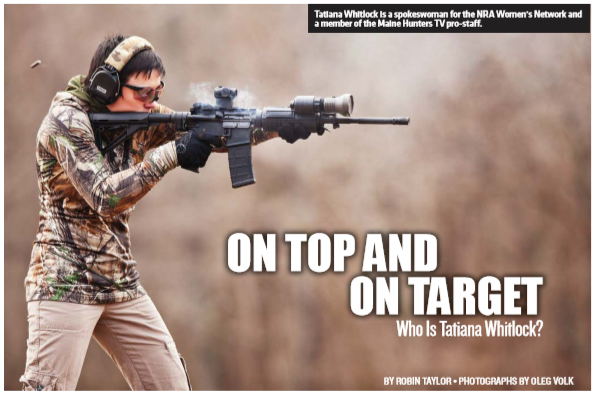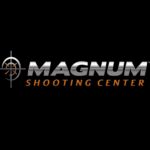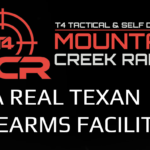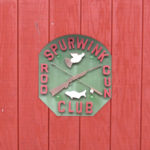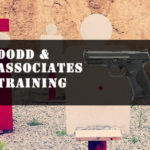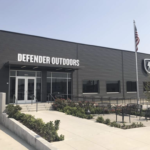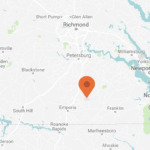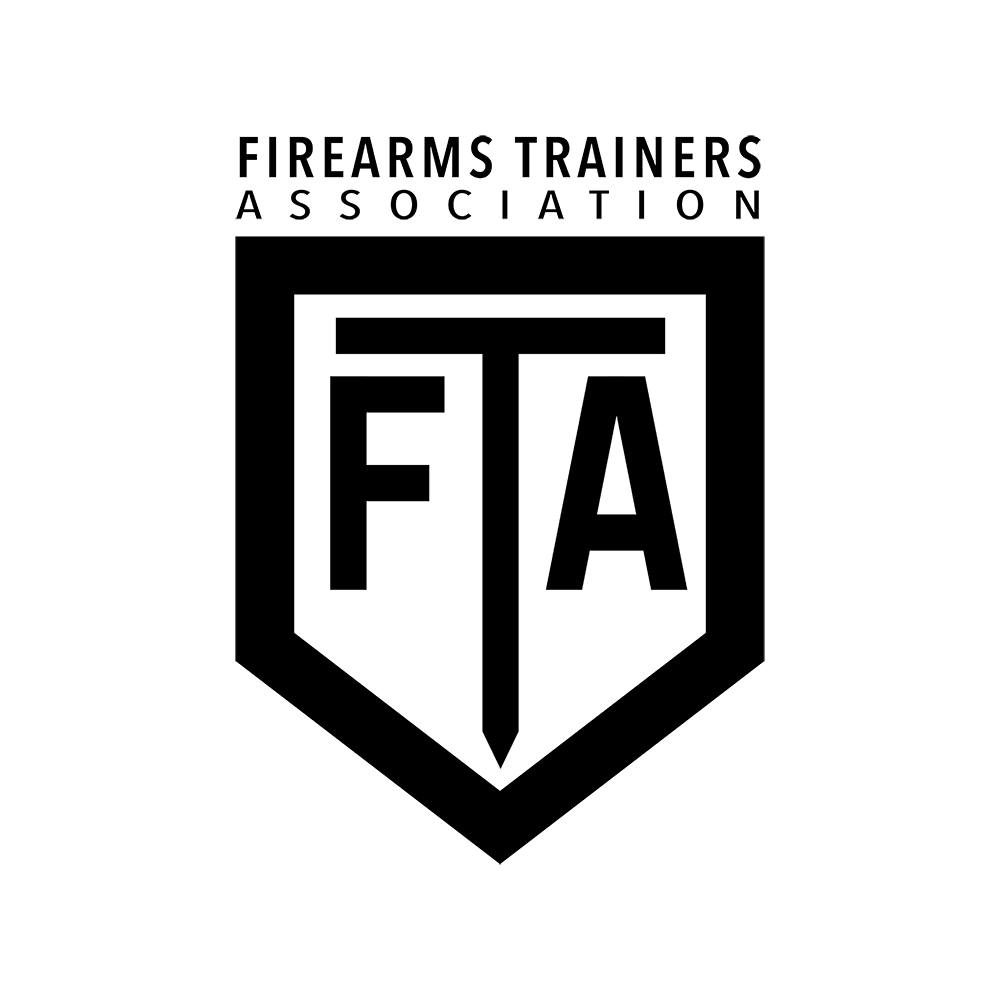
BY ROBIN TAYLOR • PHOTOGRAPHS BY OLEG VOLK
To look at her, this slight, almost elfin woman doesn’t look like a “gun person.” With her hair in a short “pixie” cut, her dark eyes contrast sharply with her “winter” coloring, making them look larger than they actually are.
After just four years in the shooting world, Tatiana Whitlock finds herself a spokeswoman for the NRA Women’s Network and a member of the Maine Hunters TV pro-staff. She’s quickly changed from industrial designer to a firearms instructor, active hunter and owner of a target manufacturing company. In some way that’s probably why the NRA picked her. She symbolizes the dynamic, independent lives that women in America lead.

Owner of ID Target Systems, Whitlock created a reactive, visually lifelike target complete with interchangeable components that allow the target and its threat level to be modified per scenario.
I caught up with Tatiana at home, and got a chance to chat with her about her journey. Although she did a little bird hunting with her brothers and father as a kid, she walked away from that life until she had children of her own. Her husband at the time encouraged her to get out and socialize, to do something for herself – this led to an NRA Women On Target event.
“I was surrounded by 25 to 30 women who ranged from experienced shooters, to people who were absolutely terrified and trembling,” says Whitlock. “By the end of that day I was completely hooked. I purchased my first firearm two weeks later.”
That weekend excursion set Whitlock on a course that would change her life. She started shooting at an outdoor range on “ladies night,” and learned about an entirely different side of firearms ownership.
“Once a week, we’d get together to talk and shoot until we ran out of daylight or ammunition,” says Whitlock.
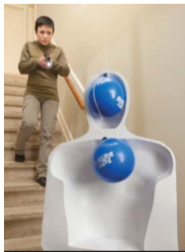
On the advice of a salesman, she bought a Beretta Neos .22 and shot that for a while, before her martial-artists’ aesthetic began to assert itself. Whitlock grew up with the martial arts, starting in shaolin kempo at age 10.
“I’ve always loved the beauty of it from an artistic point of view.” In high school, she earned her black belt, then started Brazilian jiu-jitsu while studying at the Rhode Island School of Design. Unbeknownst to her, she’d need both before she graduated.
“Being a bit naive I attended some venues I wouldn’t attend now that I’m a knowledgeable adult,” she recalls.
At one point a man attempted to kidnap Whitlock – much to his dismay.
“Fortunately, my mother sent me to college with a black belt. The gentleman who attempted to whisk me out a back door and stick me into the trunk of a vehicle wasn’t successful,” Whitlock says and chalks up that experience and successful escape to training and absolute determination.
That close brush with danger reinvigorated her interest in the applied martial arts, eventually taking her down a different artistic path. Krav maga is both modern and hard-edged. It drops the formality of the more rigid Asian styles, choosing to train in regular street clothes and focus on defense against real-world-based attacks, including multiple opponents. It wasn’t long before the krav maga mindset began to infiltrate the way Whitlock looked at firearms.
“My interest in firearms is not from a ‘gaming’ perspective,” says Whitlock. “I’m interested in the martial side of it. I want to learn to use my weapons in the environment where I might need them, and realistically, that’s inside a structure.”
While shooting with the ladies’ night group, she bought an S&W MP 9 and started taking the two- to four-day training courses available from local instructors. “I ran into lots of military doctrine from the 1990s,” she says.
Just as there are different martial arts, there are different schools of firearms training. Some are competition-oriented, some military-oriented and some focus on civilian self-defense. Whitlock started gathering samples of all of the above, developing her particular take on the subject. After taking all the courses available locally, “I started getting on airplanes and visiting people around the US,” she says.
She trained with Steve “the Yeti” Fisher (owner of Sentinel Concepts), whom she describes as “a 6-foot, 5-inch, 300-pound mammoth of a man, and an incredible instructor,” followed by others. Gradually, she found schools that broke out of the “square-range” mentality, emphasizing a 360-degree dynamic.
Recently she’s been training with Pat Rogers, John Chapman and Doc Spears of EAG Tactical.
“EAG offers a close-quarter-battle shoot-house program wherein students learn what it means to fight in buildings,” says Whitlock. “The shoot-house environment became the conduit for me to translate the square-range environment into skills that people can use everyday.”
An experience in that shoot house led to Whitlock launching her business. During a room-clearing exercise, Whitlock engaged a series of targets meant to impersonate people, but didn’t do a very good job.
“I walked past a target because I looked at it and my mind didn’t register it as a threat – I saw a box behind a big-screen TV. I went home with that experience and created what later became the ID Target System. It’s a 3D, true-to-life torso with a photo realistic image printed on the target. It is suspended from a balloon, so it falls when hit in a critical area. It adds that additional level of realism – that’s an actual face looking at you, not just a piece of cardboard,” she says.
Whitlock’s background in industrial design included making and patenting polymer products for the medical and packaging industry. This is the background she pulled from to create her target systems.
The targets work in layers. The base layer has an image of a person holding a gun, but there are patches that add a second layer – changing the image so that it shows someone holding a cell phone, or a knife, or another gun. The patches not only change the threat level, they resurface the impact zone, repairing the target for further use.
For more on Whitlock, visit her blog at tatianawhitlock.com. ASJ
This article was originally published in the American Shooting Journal May 2015 print issue.


